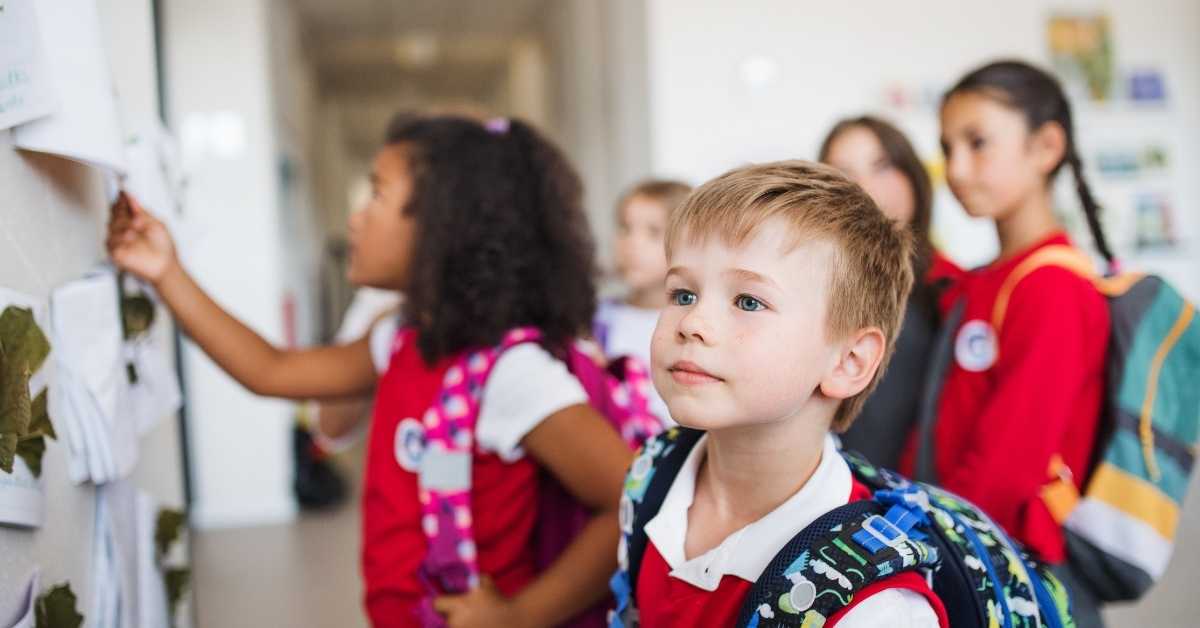New research indicates that children in Denmark’s small rural schools perform just as well academically as those in larger city schools. The primary reason for school closures across municipalities is not academic quality, but rather financial sustainability.
Small Schools, Big Results
While rural schools in Denmark often face threats of closure, new research suggests that their students are thriving academically. Small school environments, often with fewer than 100 students, are proving to deliver the same level of academic quality as their larger counterparts in urban areas.
In recent years, many Danish municipalities have considered setting specific thresholds – such as 75 students – as a minimum for keeping a school open. These decisions, however, are driven more by the costs of operating small schools than by concerns about educational standards.
No Ideal School Size
Education experts in Denmark have found no conclusive evidence that larger schools guarantee better student outcomes. In fact, school size appears to be unrelated to academic performance. Some rural schools operate with fewer than 50 students and only a small team of teachers, yet still manage to maintain high educational standards. In many cases, multiple age groups are taught together in the same classroom, but this does not appear to hinder learning.
According to educational research, learning outcomes depend more on teaching quality and individual attention than on the number of students or the scale of the school facilities. This supports the idea that smaller schools, with closer teacher-student interaction, can be equally effective academically.
Community and Social Challenges
Despite their academic performance, small schools do face some unique challenges, particularly in the area of social development. Mixed-age classrooms and a limited number of students can lead to imbalanced group dynamics. For example, there may be significantly more boys than girls in a particular grade, or peer groups may span age ranges that are too far apart to form cohesive social bonds.
These challenges are not insurmountable, but they do require thoughtful planning from school administrators and teachers. Efforts are often made to enhance social interaction through joint activities, community programs, and collaboration with other nearby schools.
A Question of Economics
Municipalities across Denmark are facing increasing pressure to optimize budgets, and education is one of the sectors under scrutiny. Running a small school is relatively expensive due to the high cost per student. Smaller class sizes mean that each teacher is responsible for fewer pupils, which, while beneficial for learning, increases staffing costs.
This financial strain has led some municipalities to consolidate resources by closing schools that do not meet specific enrollment thresholds. These closures are part of broader budget-cutting initiatives rather than a reflection of the schools’ academic effectiveness.
A recent example comes from Region Midtjylland, where the local government estimated that closing a rural school with just 60 students could save up to 2 million DKK per year. Meanwhile, Denmark’s Ministry of Children and Education has confirmed that nearly 1 in 5 schools in rural areas has fewer than 100 students enrolled, which places them under constant evaluation for closure.
Parents Fight Back
In communities where local schools are central to daily life, parents and citizens are actively campaigning to prevent closures. Many believe that schools are vital not just for education, but for maintaining community spirit, supporting local families, and attracting newcomers to the area.
Campaigns often highlight that keeping a local school open reduces commute times for children and strengthens local cohesion. Parents argue that the benefits of small schools go beyond the classroom, helping to ensure the survival of rural communities.
Looking Ahead
As municipal budgets continue to tighten, the debate over the future of Denmark’s small schools will likely intensify. While financial concerns are valid, experts stress that decisions should also consider the full spectrum of what schools provide – academic quality, emotional support, community stability, and equal opportunity. For now, it is clear that small schools remain academically strong, even as they face uncertain futures due to economic pressures.







